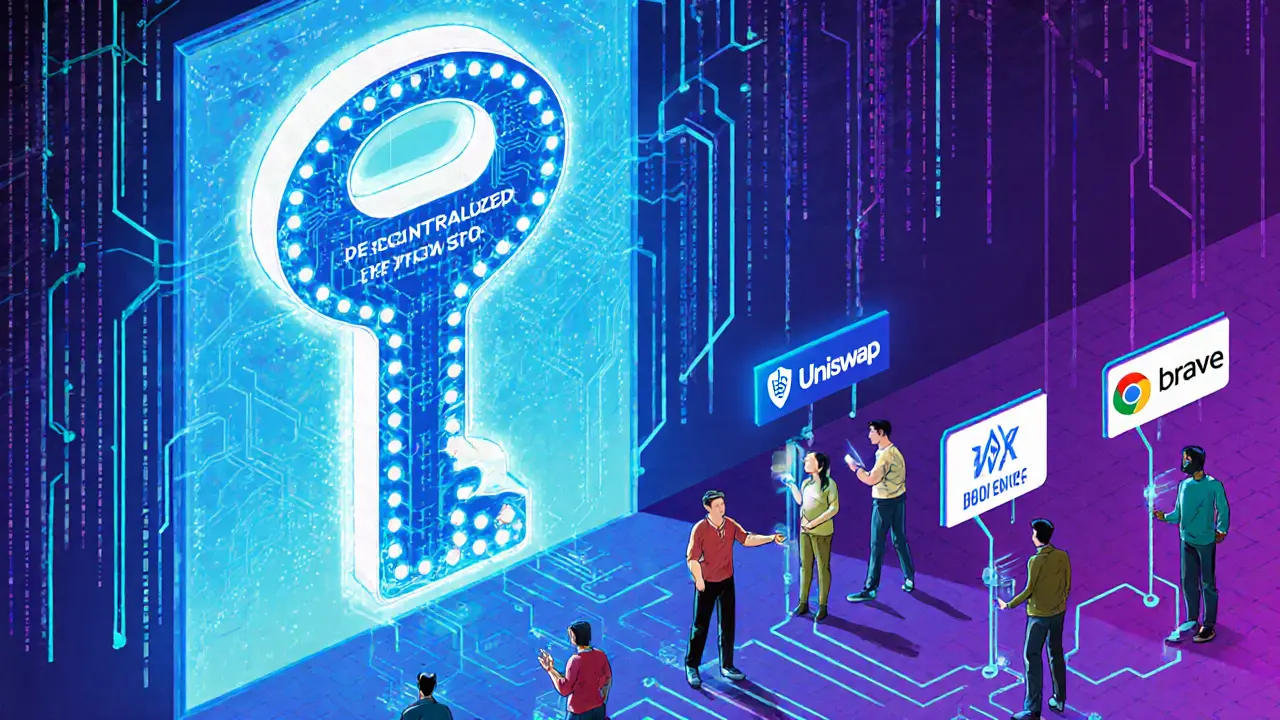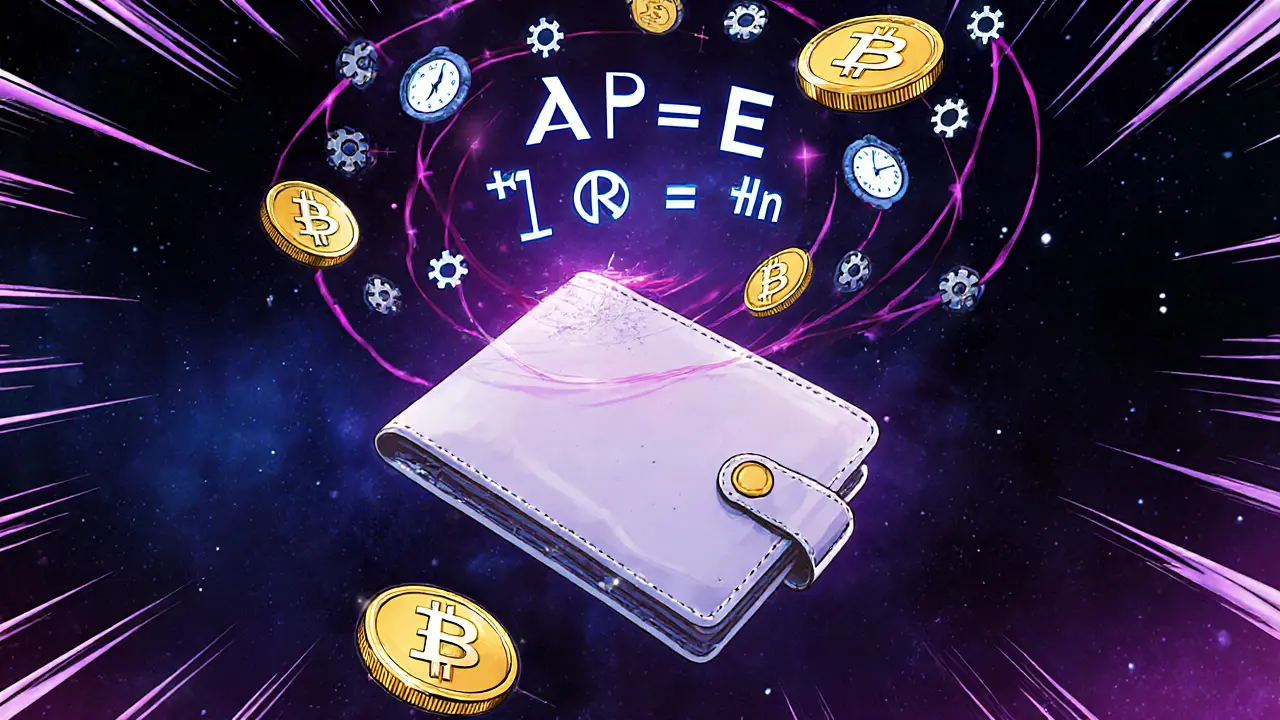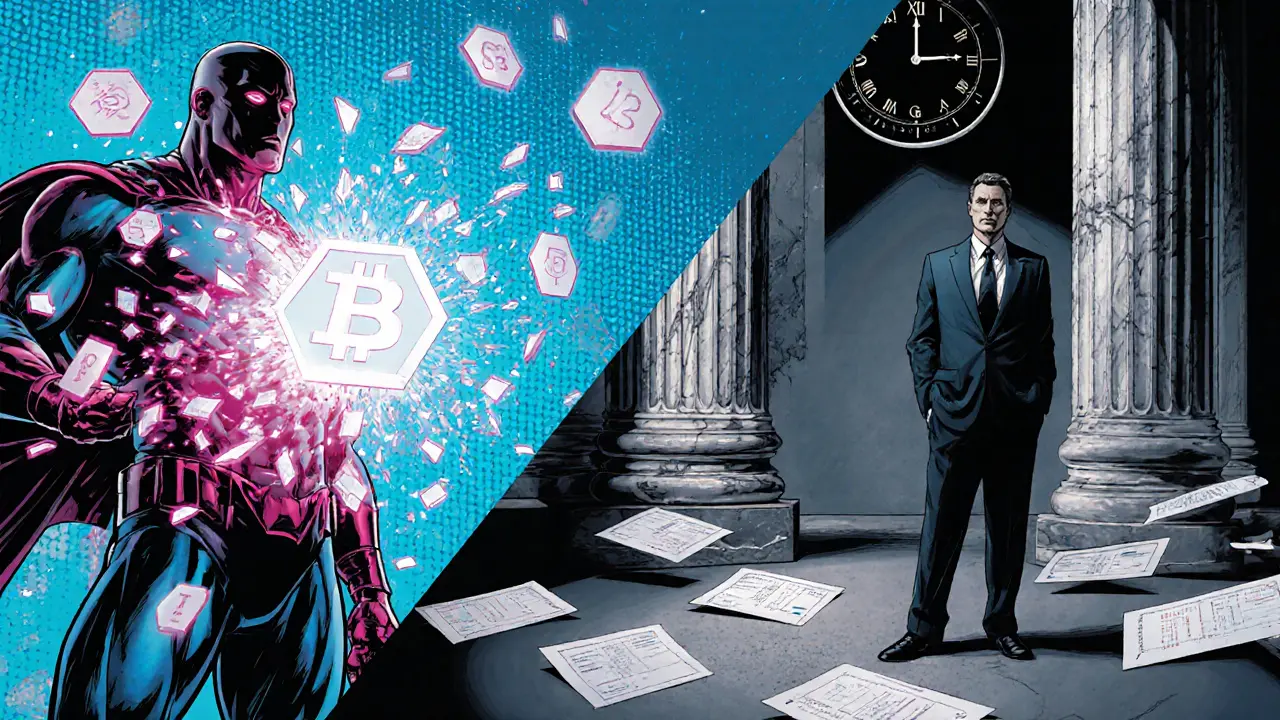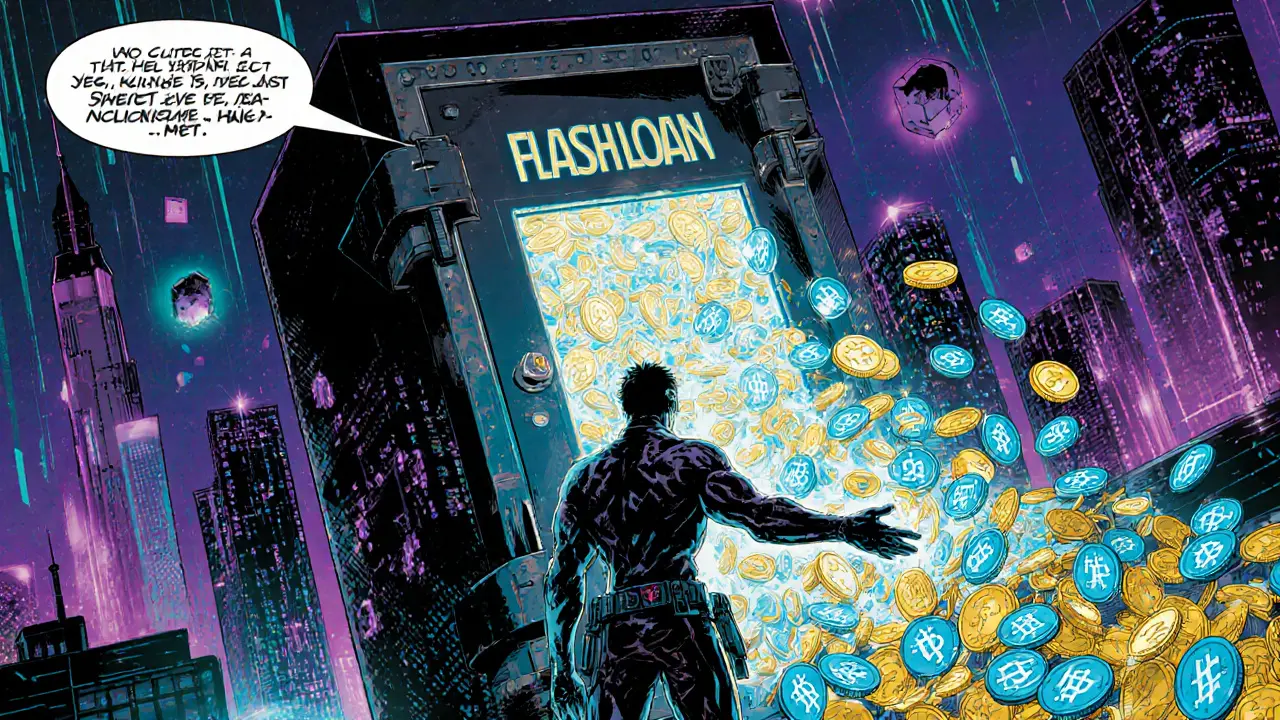Blockchain Finance: Connecting Crypto and Traditional Money
When working with Blockchain Finance, the use of distributed ledger technology to create, move, and settle financial assets. Also known as crypto finance, it bridges decentralized protocols with familiar monetary concepts, enabling faster settlement, lower fees, and new forms of ownership.
Key Topics in Blockchain Finance
Tokenized Securities, digital representations of stocks, bonds, or other traditional assets that live on a blockchain. These tokens let investors buy fractions, trade 24/7, and settle instantly, which reshapes fixed‑income markets. Because each token is backed by a smart contract, the process cuts out intermediaries and reduces settlement risk. This innovation shows how Blockchain Finance encompasses tokenized securities to bring traditional finance into the digital age.
Flash Loans, instant, unsecured loans that must be repaid within a single blockchain transaction. They rely on smart contracts to guarantee repayment, so no collateral is needed. Flash loans power arbitrage, liquidity provision, and rapid strategy testing. Their existence demonstrates that Blockchain Finance requires sophisticated coding skills and on‑chain risk management, linking DeFi mechanisms directly to traditional trading tactics.
Central Bank Digital Currencies, government‑issued digital versions of fiat money built on blockchain‑like infrastructure. CBDCs give governments faster payment rails, improved traceability, and new tools for monetary policy. While they boost financial inclusion, they also raise privacy questions. Their design shows how Blockchain Finance influences public sector finance and how policy decisions shape digital money ecosystems.
Security Tokens, regulated digital assets that represent ownership in real‑world securities. Compared to traditional securities, they offer higher liquidity, programmable compliance, and global reach. The rise of security tokens illustrates a direct crossover where Blockchain Finance meets existing regulatory frameworks, enabling fractional ownership and streamlined secondary markets.
All these pieces – tokenized securities, flash loans, CBDCs, and security tokens – form a vibrant toolbox for anyone curious about the future of money. Below you’ll find deep dives, practical guides, and real‑world examples that walk through each topic step by step, so you can see how the pieces fit together and start applying them today.
Inflationary and deflationary tokenomics shape how cryptocurrencies gain or lose value over time. Learn how supply mechanics like Bitcoin halvings and ETH burns impact price, utility, and long-term investment potential.
Token utility determines whether a crypto token has lasting value. Learn how real-world use cases, not speculation, drive value accrual in blockchain ecosystems through practical examples and smart design.
Learn how to calculate crypto staking rewards using APY, understand compounding, and avoid common traps. See real examples of Ethereum, Solana, and DeFi staking returns.
Explore whether central bank digital currencies will replace cash and crypto, covering technology, adoption, risks, and future scenarios in a clear 2025 outlook.
Explore why crypto fundamental analysis often falls short, from subjectivity and data overload to regulatory shocks, and learn practical ways to blend it with other tools for better investment decisions.
A 2025 guide that explains DeFi protocols, core architecture, top platforms, real-world use cases, risks and how to start using decentralized finance safely.
Explore how tokenized securities and bonds use blockchain and smart contracts to modernize fixed‑income investing, offering instant settlement, lower fees, and broader access.
Explore the core differences between security tokens and traditional securities, covering technology, liquidity, regulatory aspects, and future market impact.
Explore how central bank digital currencies give governments faster payments, stronger security, better policy tools, and wider financial inclusion, while also weighing privacy risks.










